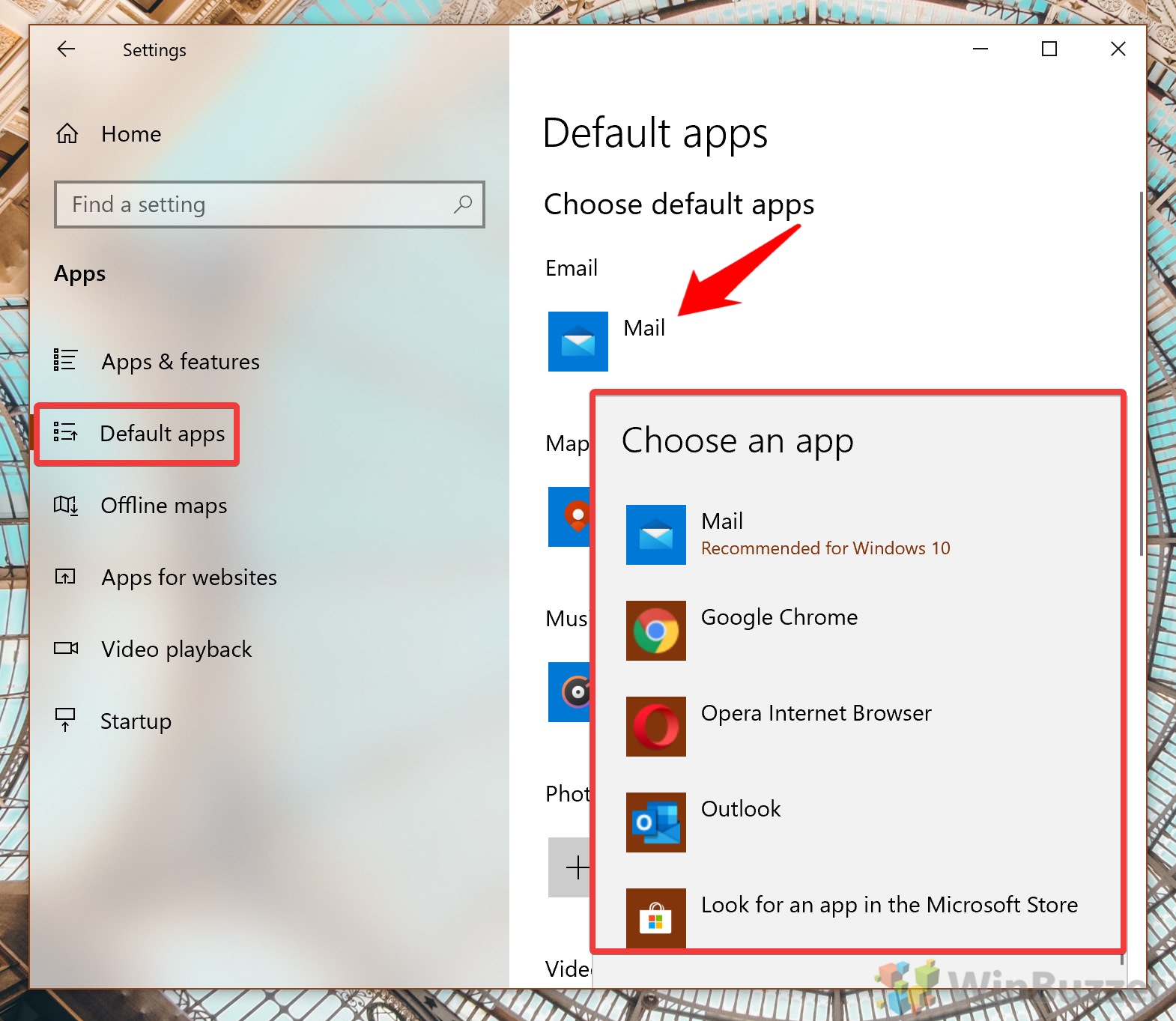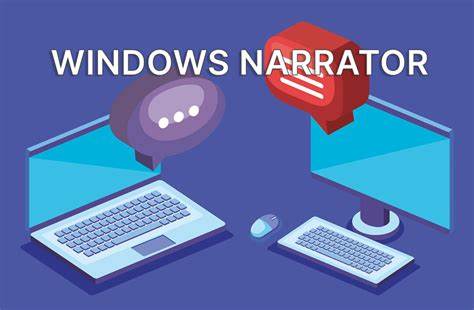Changing default applications in Windows allows you to personalize how your computer handles various file types and protocols. Whether you prefer a specific browser, media player, or email client, setting your preferred applications as defaults enhances your computing experience. This guide provides step-by-step instructions for both Windows 10 and Windows 11 users.
Changing Default Apps in Windows 10
- Access Default Apps Settings
- Click on the Start menu and select Settings.
- Navigate to Apps > Default apps.
- Modify Default Applications
In the Default apps section, you’ll see categories like Email, Maps, Music player, Photo viewer, Video player, and Web browser.
- Click on the application listed under a category.
- A list of installed applications will appear. Select your preferred app to set it as default.
- Set Defaults by File Type or Protocol
For more granular control:
- Scroll down and click on Choose default apps by file type.
- Browse the list to find the file extension (e.g., .pdf, .jpg) and select the application you want to associate with it.
- Alternatively, click on Choose default apps by protocol to set defaults for specific protocols like HTTP or MAILTO.
- Set Defaults by App
- Click on Set defaults by app.
- Select an application to see which file types and protocols it can open.
- Click Manage to assign specific defaults to that application.
Changing Default Apps in Windows 11
- Open Default Apps Settings
- Click on the Start menu and select Settings.
- Navigate to Apps > Default apps.
- Set Defaults for Specific Applications
Windows 11 allows setting defaults per application:
- In the Default apps section, scroll through the list or use the search bar to find the application you want to set as default.
- Click on the application to view the file types and link types it can handle.
- Click on each file type or link type and select your preferred application to set it as default.
- Set Defaults by File Type
- Scroll down to Set defaults for file types.
- Browse the list or use the search bar to find the file extension you want to change.
- Click on the current default application and select your preferred app from the list.
- Set Defaults by Link Type
- Scroll down to Set defaults for link types.
- Find the protocol (e.g., HTTP, HTTPS) you want to change.
- Click on the current default application and choose your preferred app.
Using “Open With” to Change Defaults
For individual files:
- Right-click on the file and select Open with > Choose another app.
- Select the application you want to use.
- Check the box Always use this app to open .[file extension] files.
- Click OK to set it as the default for that file type.
Resetting Default Apps
If you wish to revert to the original default applications:
- Go to Settings > Apps > Default apps.
- Scroll down and click on Reset under Reset all default apps.
- This will restore the default applications recommended by Microsoft.
Personal Experience
In my experience, customizing default applications streamlines daily tasks. For instance, setting my preferred PDF reader and media player saves time and enhances productivity. It’s a simple yet effective way to tailor the operating system to individual preferences.
Conclusion
Changing default applications in Windows 10 and Windows 11 is a straightforward process that allows you to personalize your computing experience. By following the steps outlined above, you can ensure that your preferred applications handle the file types and protocols you use most frequently






